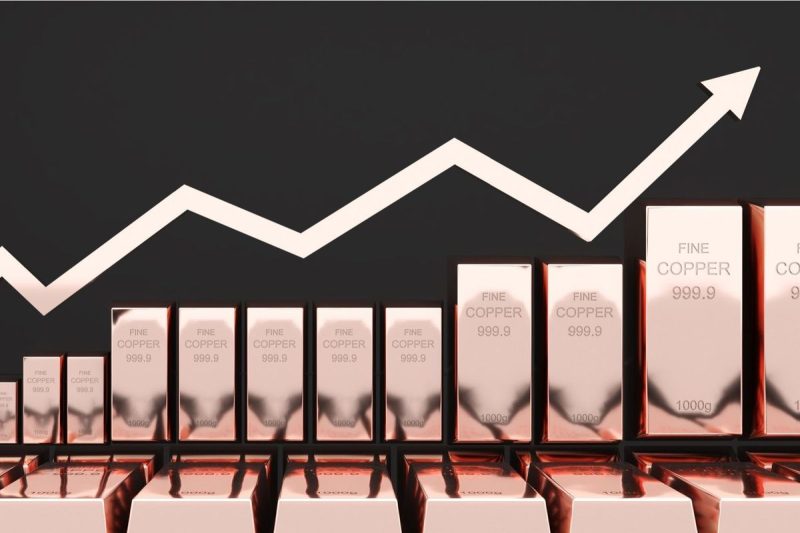Investing in copper can be a lucrative opportunity for savvy investors looking to diversify their portfolios and capitalize on the growing demand for this essential metal. Copper, often referred to as Dr. Copper due to its significant role as an economic indicator, is widely used in various industries such as construction, electronics, and transportation. In this article, we will explore the different ways you can invest in copper and provide valuable insights to help you make informed decisions.
1. Copper Futures and Options Trading:
One of the most direct ways to invest in copper is through futures and options trading on commodity exchanges such as the London Metal Exchange (LME) or the Chicago Mercantile Exchange (CME). Copper futures allow investors to speculate on the price movement of copper and mitigate risks associated with price volatility. Trading copper futures requires a good understanding of market dynamics and risk management strategies.
2. Copper Mining Stocks:
Investing in copper mining companies is another way to gain exposure to the copper market. When considering copper mining stocks, investors should evaluate factors such as the company’s production levels, reserve quality, operating costs, and geopolitical risks. Major copper mining companies such as Freeport-McMoRan, BHP Billiton, and Rio Tinto are well-known players in the industry.
3. Copper ETFs and ETNs:
For investors looking for a more diversified exposure to the copper market, copper exchange-traded funds (ETFs) and exchange-traded notes (ETNs) provide a convenient option. These financial instruments track the performance of copper prices or copper mining companies, offering a cost-effective way to invest in the copper sector without directly holding physical copper.
4. Copper Physical Investments:
Investors can also choose to invest in physical copper through options such as copper bars, coins, or copper bullion. While investing in physical copper provides tangible ownership of the metal, it may involve additional storage costs and security considerations. Physical copper investments are suitable for investors seeking a long-term hedge against inflation or geopolitical uncertainties.
5. Copper Recycling Companies:
As the importance of sustainability and environmental conservation grows, investing in copper recycling companies can be a strategic move. Recycling plays a vital role in the copper supply chain by reducing the reliance on virgin copper production and minimizing the environmental impact of mining activities. Companies specializing in copper recycling are well-positioned to benefit from the increasing demand for sustainable practices.
In conclusion, investing in copper offers a compelling opportunity for investors seeking exposure to a critical industrial metal with diverse applications across various sectors. Whether through futures trading, mining stocks, ETFs, physical investments, or recycling companies, there are multiple avenues to capitalize on the potential upside of the copper market. Before making any investment decisions, it is essential to conduct thorough research, assess your risk tolerance, and consult with financial professionals to create a well-rounded investment strategy tailored to your financial goals.

